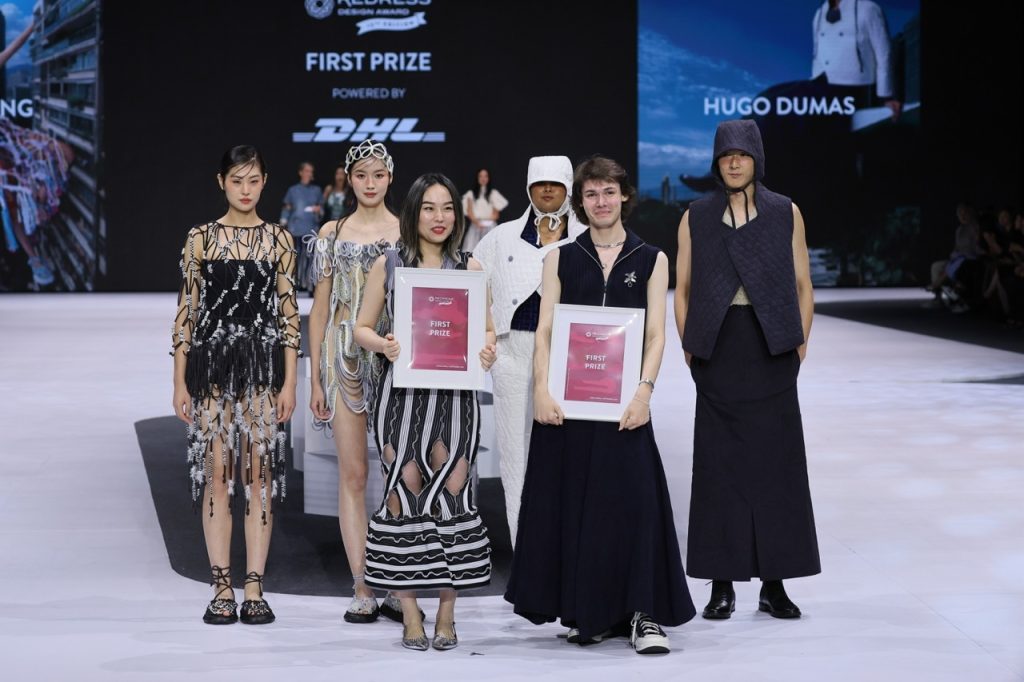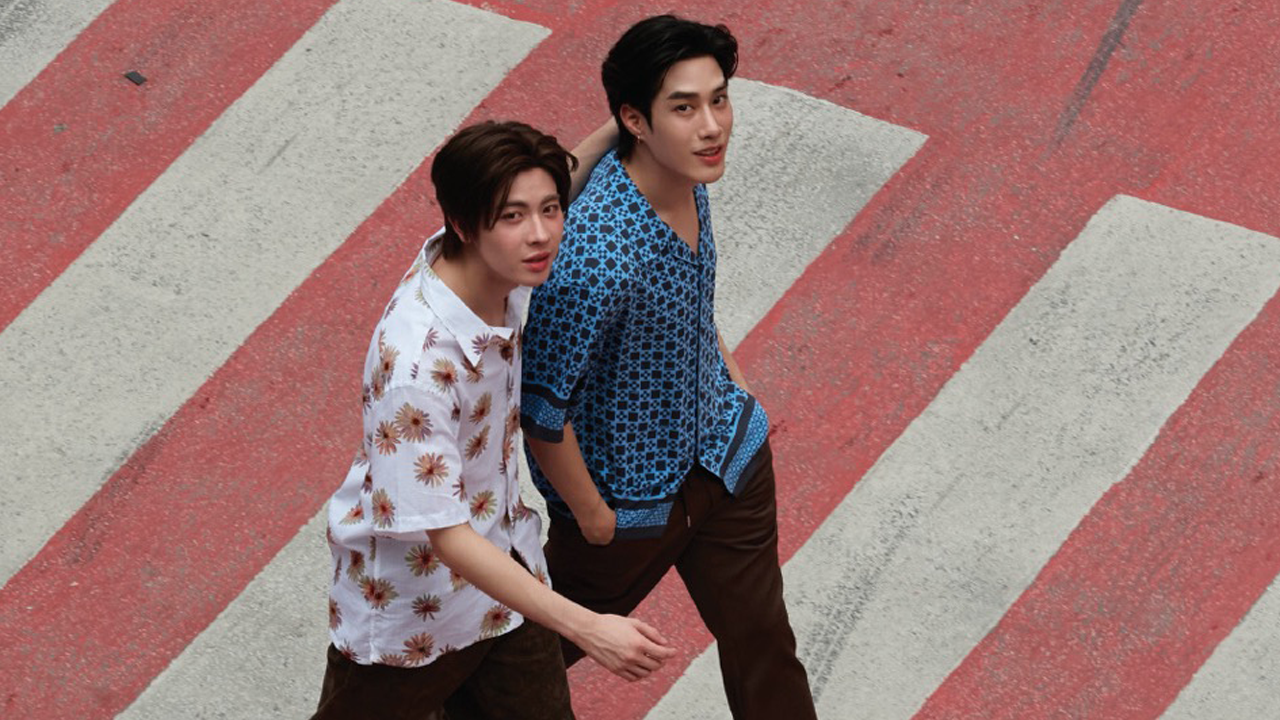“…In 2007, ‘sustainability’ was little more than a whisper in fashion’s vocabulary. The industry spun endlessly on its carousel of runways and new collections, while rivers ran murky, soil lay scarred, and mountains of discarded textiles rose silently just beyond the spotlight. For Christina Dean, then a journalist journeying across China with a notebook thick with statistics, the truth was impossible to ignore. She calls it “a landmine of data”, evidence that sounded like a siren and ignited her mission to redress fashion: to heal, to rebalance, and to restore an industry that had strayed too far from beauty’s true meaning…”
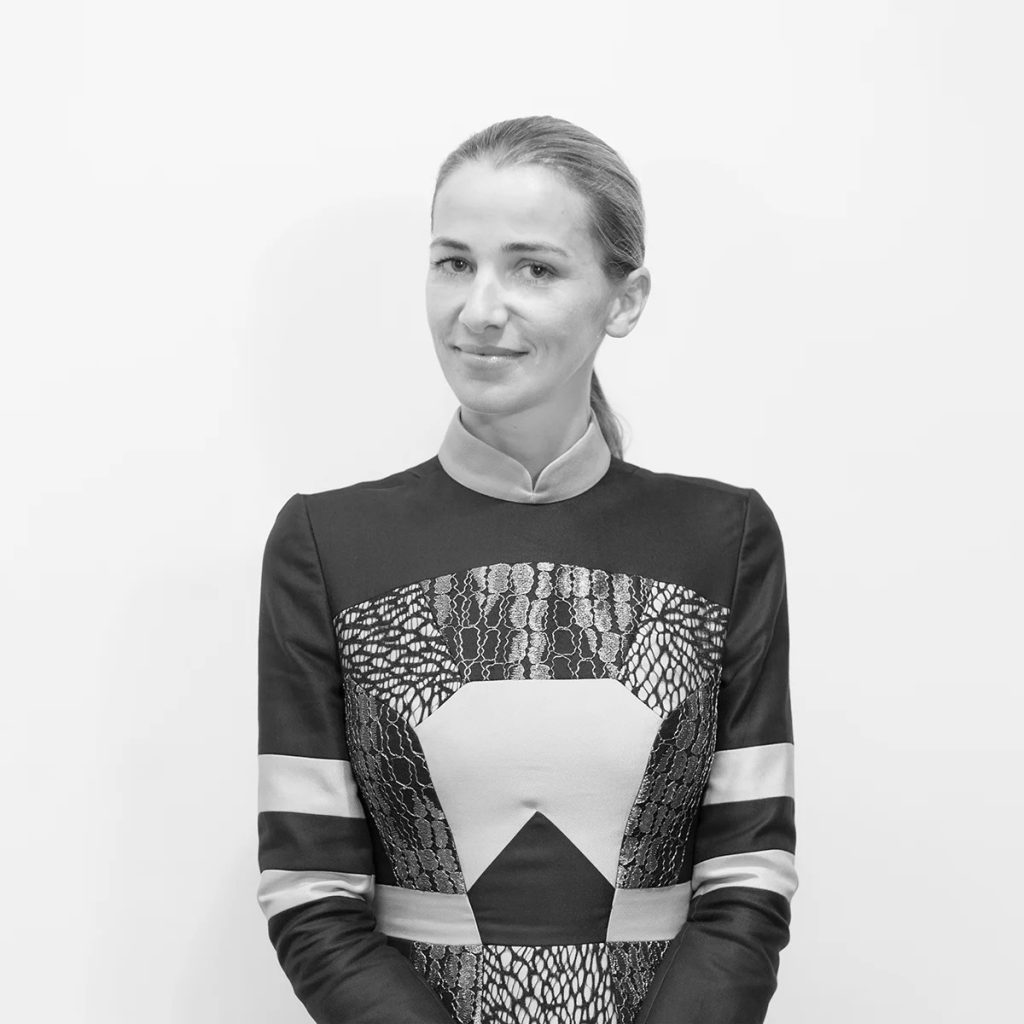
Dean went on to found ‘Redress’, an organisation born from conviction that fashion must confront its hidden costs. Looking back, she recalls a time when sustainable fashion was barely understood. “Back then it was very niche. People called it ‘eco fashion’ or ‘green fashion’, some journalists literally thought we meant the colour green. It was seen as just another passing trend: spring/summer we’ll talk about eco, then move on. In those days it was mainly tree huggers, hardcore activists, and eco-warriors who were interested. Even the first wave of eco-friendly designers were often environmentalists rather than trained designers. It was a tiny community, and many in the mainstream fashion industry dismissed us. At panel discussions we were laughed off stage for talking about waste and pollution…Today it’s completely different. Sustainability is embedded in reports, boardroom discussions, and C-suite strategies. Terms like circularity, sustainable sourcing, and risk management are now central to how companies operate. We’ve gone from being ignored to being part of the global agenda. Over time, the conversation has shifted — from expecting consumers to ‘vote with their wallets,’ to realising that we need legislation. Consumers cannot be expected to navigate all the complexity, and brands are not moving fast enough. So now the call is for policy and regulation to drive systemic change.”
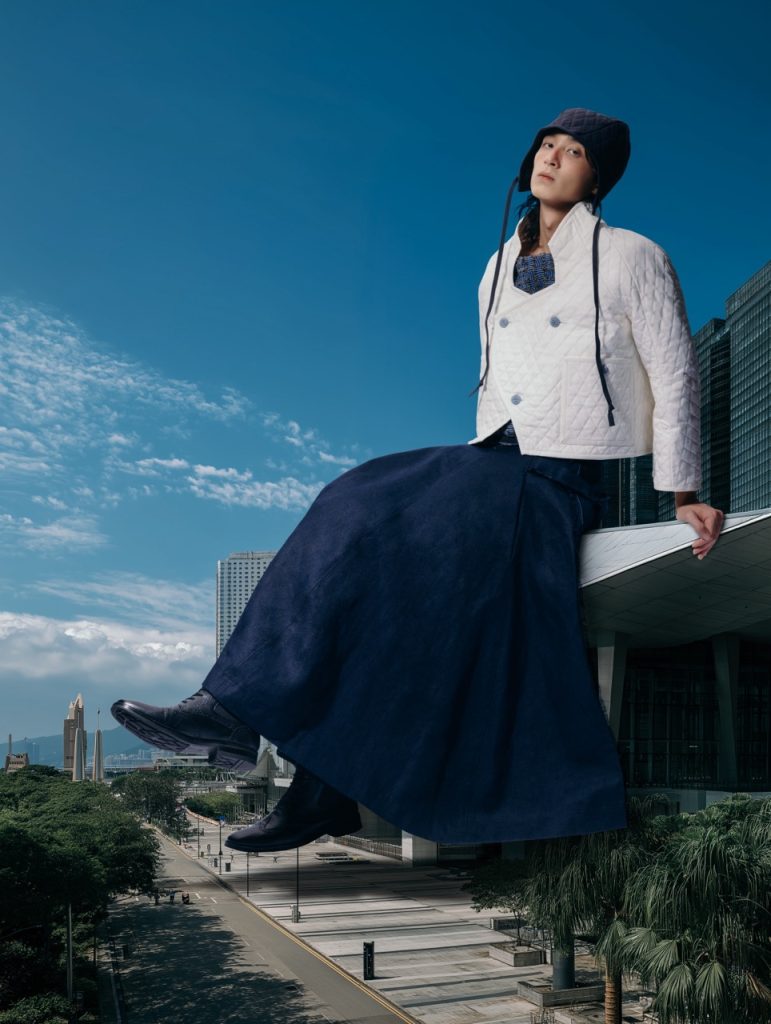
Redress—a name that resonates like a vow. It speaks of mending and healing, of restoring balance to an industry that has lost its way. For Christina Dean, fashion’s essence is beauty, and that beauty must flow through every thread of its cycle, unbroken and true. “We love the name for exactly that reason. At the heart of it all, we still believe in what we call the positive power of fashion. Fashion is amazing: it’s beautiful, it’s creative, it provides one in eight jobs globally. It brings innovation, culture, identity — it is heart and soul. But the problem is that the scale of the industry has created immense amounts of waste and pollution. For all the beauty fashion brings, there’s also devastation, social issues, and environmental damage. That doesn’t match up. So we have to hold on to the beauty, to the idea that the purpose of fashion should be truly beautiful. Our job is to keep working to redress — to remedy and set right — something that has gone so astray. If we lose sight of that, we lose hope. That’s why we always keep focused on fashion’s positive potential.”

จากการเริ่มต้นเล็กๆ Redress ได้สร้างเวทีการแข่งขันระดับโลก Redress Design Award การประกวดแฟชั่นยั่งยืนที่ใหญ่ที่สุดในโลก ซึ่งปีนี้ได้เดินทางมาครบรอบ 15 ปี แม้ว่าผู้เข้าแข่งขันทุกคนที่จะได้รางวัล แต่เธอหวังว่าการประกวดนี้จะเป็นการหยั่งรากลึกเมล็ดพันธุ์แห่งแฟชั่นความยั่งยืนให้กระจายและเติบโตต่อไป “ปีนี้พิเศษมาก เพราะเราฉลองครบรอบ 15 ปีแห่งการสร้างผลกระทบ เรามีศิษย์เก่ามากกว่า 330 คนทั่วโลก มันคือช่วงเวลาแห่งการเฉลิมฉลองให้กับคอมมิวนิตี้ผู้บุกเบิกด้านแฟชั่นยั่งยืน ความกล้า และความหลากหลาย แต่ในขณะเดียวกันความท้าทายก็ใหญ่ขึ้นเรื่อยๆ ทั้งกองขยะสิ่งทอที่เพิ่มขึ้น การรีไซเคิลที่ยังไม่เพียงพอ และความคืบหน้าเรื่อง circularity ที่ยังล่าช้า ดังนั้นธีมของปีนี้คือ Rising to the Challenge เป็นทั้งการเฉลิมฉลองและการทบทวนความจริง สำหรับผู้เข้ารอบสุดท้าย เราอยากให้พวกเขาได้รับประสบการณ์ตรงจากอุตสาหกรรม ได้รับความรู้ การเสริมพลัง และการสนับสนุนเส้นทางอาชีพ และเมื่อกลับไปประเททศบ้านเกิด พวกเขาจะกลายเป็น “micro-influencers” ที่จะหยั่งรากแนวทางยั่งยืนในอุตสาหกรรมท้องถิ่นและสร้างแรงบันดาลใจให้เกิดการเปลี่ยนแปลง…การเป็นนักออกแบบเป็นเส้นทางที่โดดเดี่ยว คุณมีสิ่งที่อยากจะแสดงออก และเมื่อคุณต้องรับผิดชอบให้สิ่งนั้นยั่งยืนด้วย มันยิ่งเป็นความท้าทายที่ยิ่งใหญ่ สิ่งที่เราหวังคือพวกเขาจะได้ความมั่นใจในการทำตามเป้าหมายของตัวเอง พวกเขาไม่ได้อยู่คนเดียว มีนักออกแบบนับพันทั่วโลกที่พยายามผลักดันแนวปฏิบัติที่ดีกว่า เราอยากบอกพวกเขาว่า ไม่ว่าจะยากแค่ไหน จงเดินหน้าต่อไป”

From a modest seed, Redress has grown into the world’s largest sustainable fashion design competition: the ‘Redress Design Award’, which celebrates its fifteenth anniversary this year. “This year is particularly special because we’re celebrating 15 years of impact—over 330 alumni designers around the world. It’s a moment to celebrate this pioneering community of fashion activists, their courage and diversity. At the same time, the challenges are greater than ever: mounting textile waste, insufficient recycling, and slow progress on circularity. So this year’s theme is Rising to the Challenge. It’s both a celebration and a reality check. For the finalists, we want them to gain industry experience, education, empowerment, and career support. When they return home, they become micro-influencers in their own markets—seeding sustainable practices in their local industries and inspiring change.”
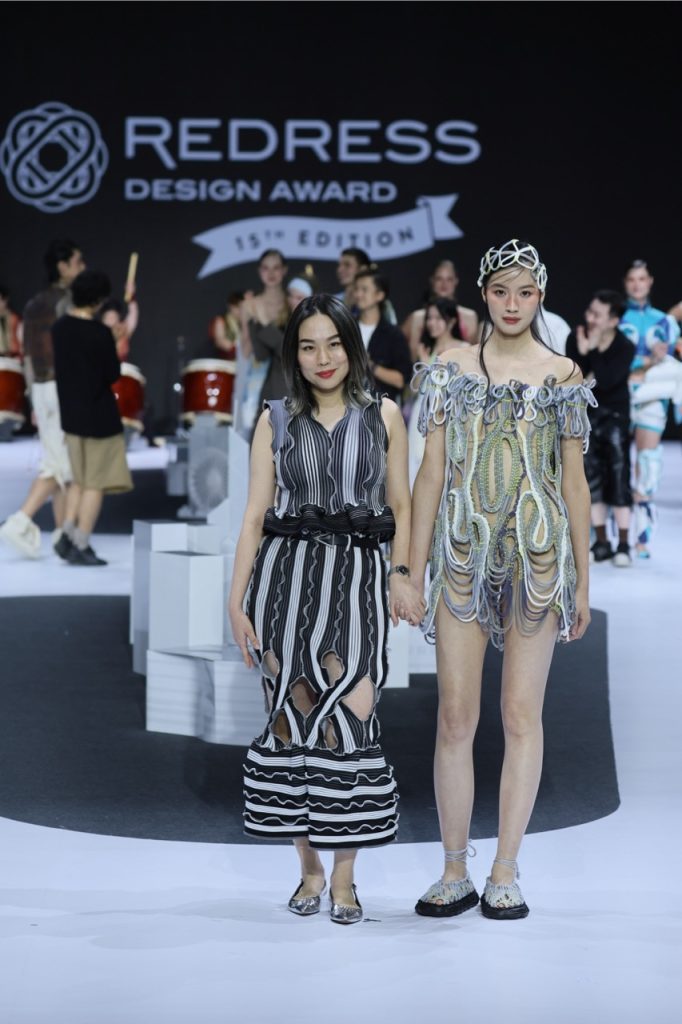
Yet the battle is fierce. Ninety-seven per cent of the industry’s revenues lie in the hands of just twenty conglomerates, and consumers, accustomed to cheap and fast, are highly price-sensitive. For small sustainable brands, survival depends on building a community that believes in their mission. “Any start-up struggles to be profitable, whether in fashion or food. But sustainable fashion brands face extra challenges because their market is small, and the system favours big players. Ninety-seven per cent of industry revenue goes to the top twenty fashion groups, leaving just three per cent for everyone else. Consumers are used to cheap, fast delivery, so price sensitivity is high. For young brands, carving out a loyal audience who believes in their mission is critical. I often compare it to a cake: luxury, mid-market, fast fashion, and niche ethical brands all have slices. What I’d like to see is the slice for responsible fashion grow bigger — because those designers deserve support.”
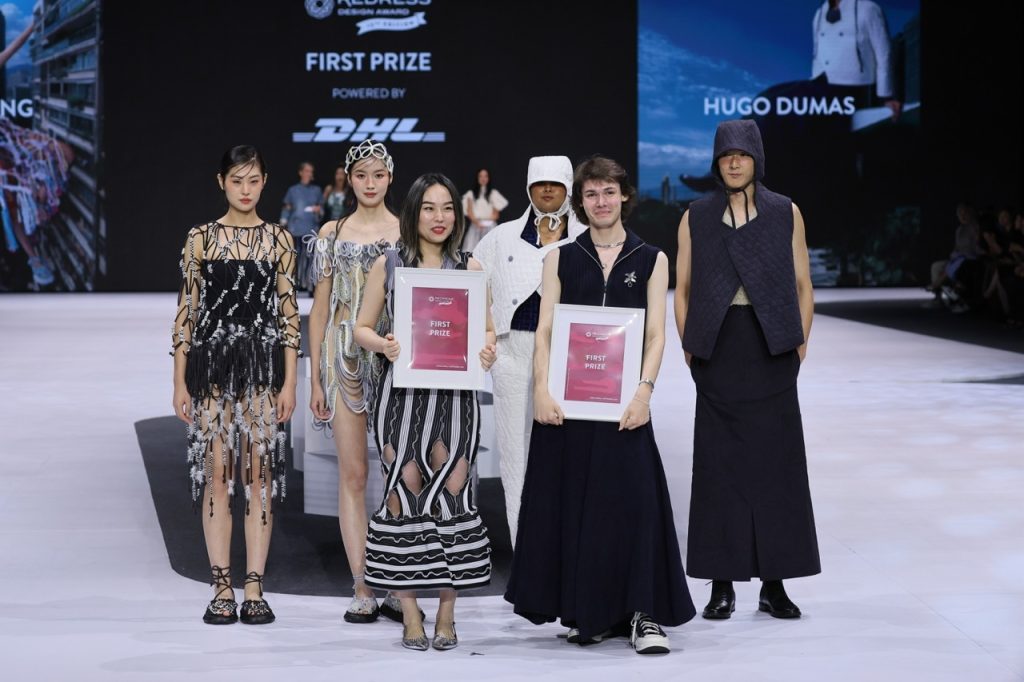
And when she speaks of the future, her vision is crystalline. “Honestly, it depends on the day you ask me. But if we could solve textile recycling — turning waste back into yarn and new clothes — that would be transformative. Every second, the equivalent of one truckload of textiles is landfilled or incinerated. If we could recycle that, we’d be much closer to a sustainable industry. We recycle paper, glass, and metal, but textiles remain a beast we haven’t tackled. My dream is to ‘slay that beast’ and build proper textile recycling systems. That would be glorious.”
We believe her dream will not remain a dream alone, but will take shape through a new generation reshaping the fashion world. And we believe, too, that Thai designers will be among those leading this movement forward.
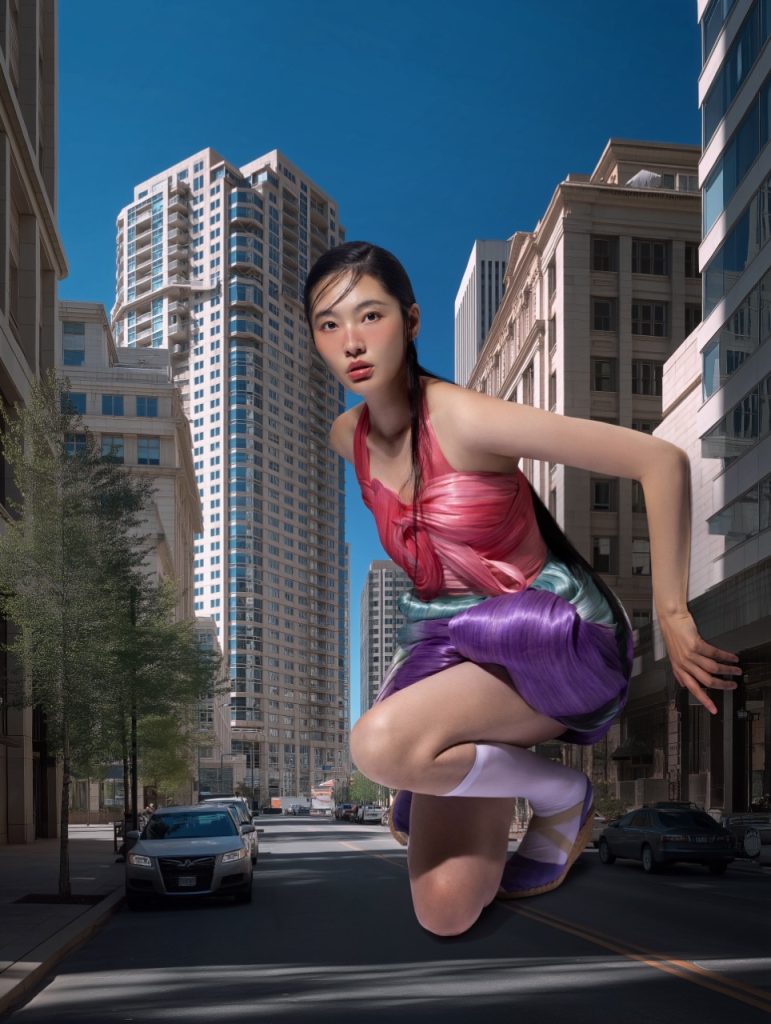
Redress Design Award 2025
The Redress Design Award 2025 broke with tradition by naming two First Prize winners, marking a turning point for circular fashion. Hugo Dumas of France and Carla Zhang of China could not be more different in approach: one regenerates waste through sleek, zero-waste tailoring. while the other handweaves surplus cords into new life.
Over the years, the partnership between visionary designers and pioneering manufacturers such as TAL Apparel has evolved into a quiet revolution. What began as an exchange of ideas is now a symbiotic force where creativity meets innovation. From waste-conscious production to SD body scanning and virtual sampling, this union has redefined the art of making clothes and redrawn the possibilities of a sustainable fashion landscape.


